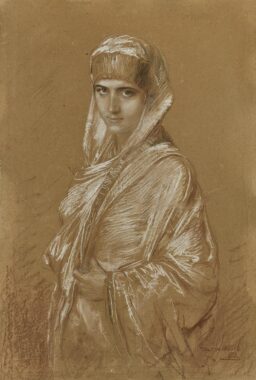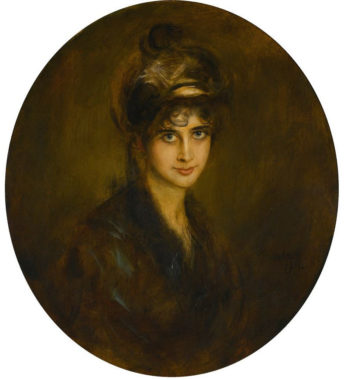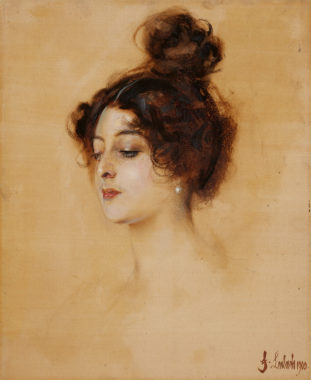Lenbach, Franz von
Sold Artworks
Biography
Franz von Lenbach
1836 Schrobenhausen – 1904 Munich
Franz Lenbach was born in the Upper Bavarian town of Schrobenhausen, where his father was the town’s master builder. Together with Friedrich August Kaulbach and Franz Stuck, Lenbach was one of the three most influential painters active in Munich at the turn of the twentieth century. The unparalleled demand for their work allowed them to enjoy a princely lifestyle which gave rise to the title Malerfürst [prince of painters] conferred on all three by critics and the public.
Lenbach’s intensive study of the Old Masters at an early stage in his career and into the 1860s had a formative influence on his work and contributed to his success as one of the leading portraitists of his time. After the founding of the German Empire in 1871 members of the old social order and the new social and political elite felt a growing need to display their wealth and status. In Lenbach, a specialist in the portrait genre, they found an ideal partner to portray their pomp and pride.
Lenbach’s fame soon resonated far beyond the boundaries of Munich. Not long after his elevation into the nobility in 1882, he acquired a private residence and studio on Munich’s Königsplatz. It was designed for him by the architect Emanuel von Seidl and built in the style of a Renaissance palazzo. Members of the European political and economic elite beat a path to his door. Commissions came from members of high society and the affluent bourgeoisie as well as from distinguished intellectual and cultural figures, explorers, writers, singers, painters and actors.
As a portraitist, Lenbach worked in a style gleaned from his assiduous study of the Old Masters. This idea of portraiture is reflected in his predilection for elegant dress and dignified, graceful poses set against dark, undefined backgrounds and the all-pervading brownness of gallery tone. In his large-format head-and-torso or three-quarter-length portraits the social standing of the sitter is generally emphasised but his studies of heads usually convey an impression of intimacy. In these, the main focus is on capturing the underlying personality traits of the individual.
PDF Download

